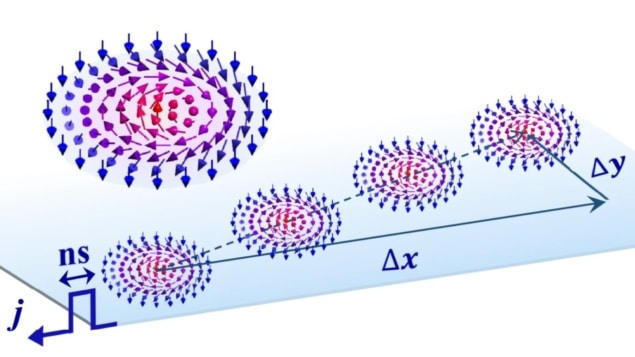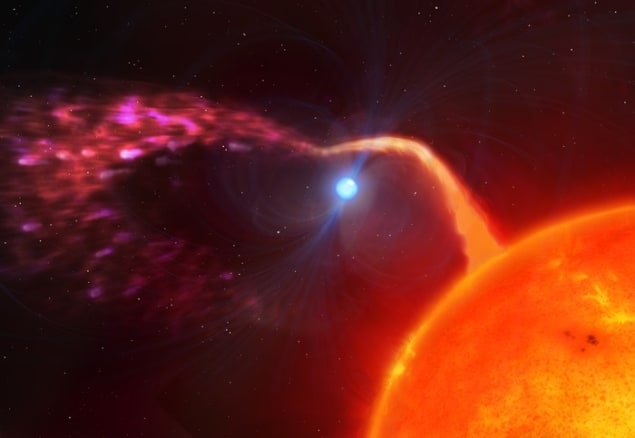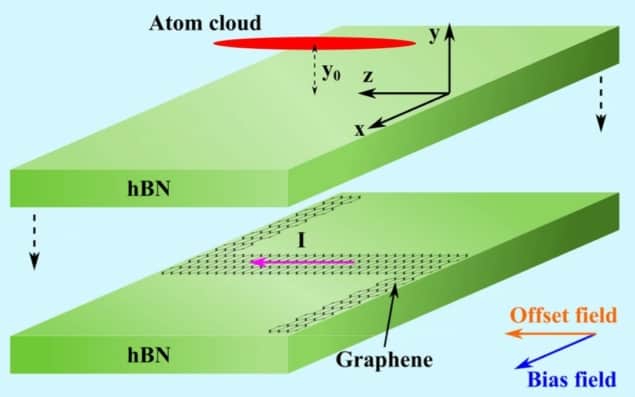Proton MR spectroscopy detects early brain changes in multiple sclerosis patients
13 Jan 2022
Proton MR spectroscopy can identify changes in the brains of people with multiple sclerosis (MS), according to a study published in Radiology. The findings could translate to earlier diagnosis and treatment, senior author Wolfgang Bogner of the Medical University of Vienna says in a statement released by the university.


































